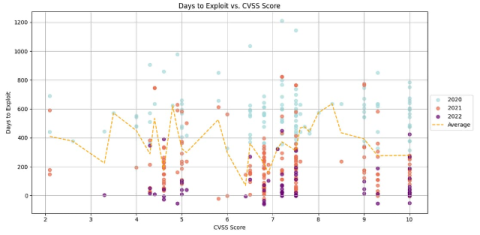How can retailers prevent cybersecurity incidents?
In today’s digital age, cybersecurity is no longer just an IT concern; it’s a critical component of retail success. As more customers shop online and engage with brands through digital platforms, the risks associated with cyber threats continue to grow. Whether you run a brick-and-mortar store, an e-commerce site, or a hybrid model, safeguarding your business from cyber attacks is essential.










